Western culture permeates Tokyo like rice imbues the city’s food culture: you just can’t get away from the French bakeries, American fast food, and Italian fashion. Nor would you want to; today it is part of the Japanese experience.
So it shouldn’t come as a great surprise that the Mori Art Museum organized a special exhibition on Versailles starring Marie Antoinette. This is the very first retrospective exhibition on the life and times of the young queen to ever take place in Japan.
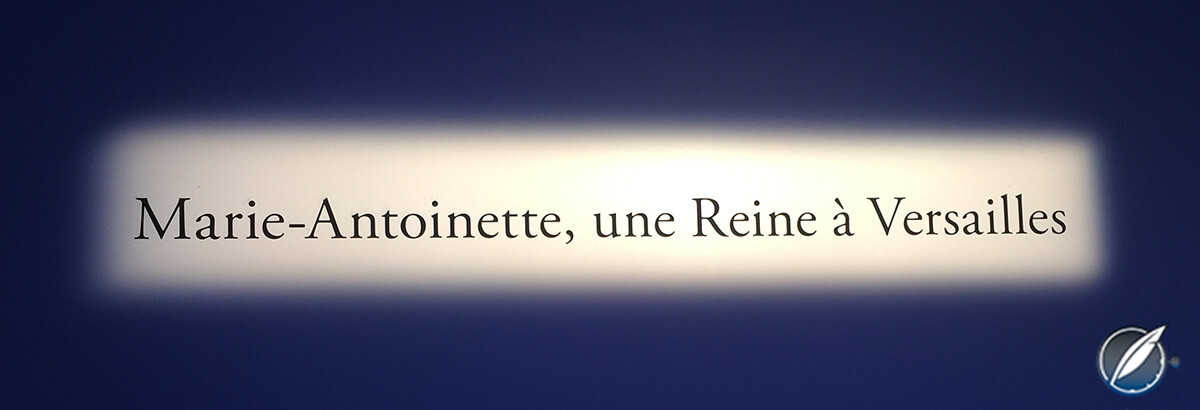
“Marie-Antoinette, a Queen in Versailles,” an exhibition at Tokyo’s Mori Art Museum, supported by Breguet, runs through February 26, 2017
And who better to support this collaborative endeavor between Versailles and Mori than Breguet?
Breguet’s history with Marie Antoinette
What was for a century or so the most complicated wristwatch in the world – and what is now arguably the most famous, or even infamous, pocket watch in the world – is what associates the ill-fated queen with this Swiss watch manufacturer of highest repute: No. 160 (known as the “Marie Antoinette”) is one of the most legendary timepieces in history.
This was not the first timepiece from Abraham-Louis Breguet that was commissioned by or for the French queen, but it was certainly the last: she unfortunately lost her head to the guillotine before it could be finished.
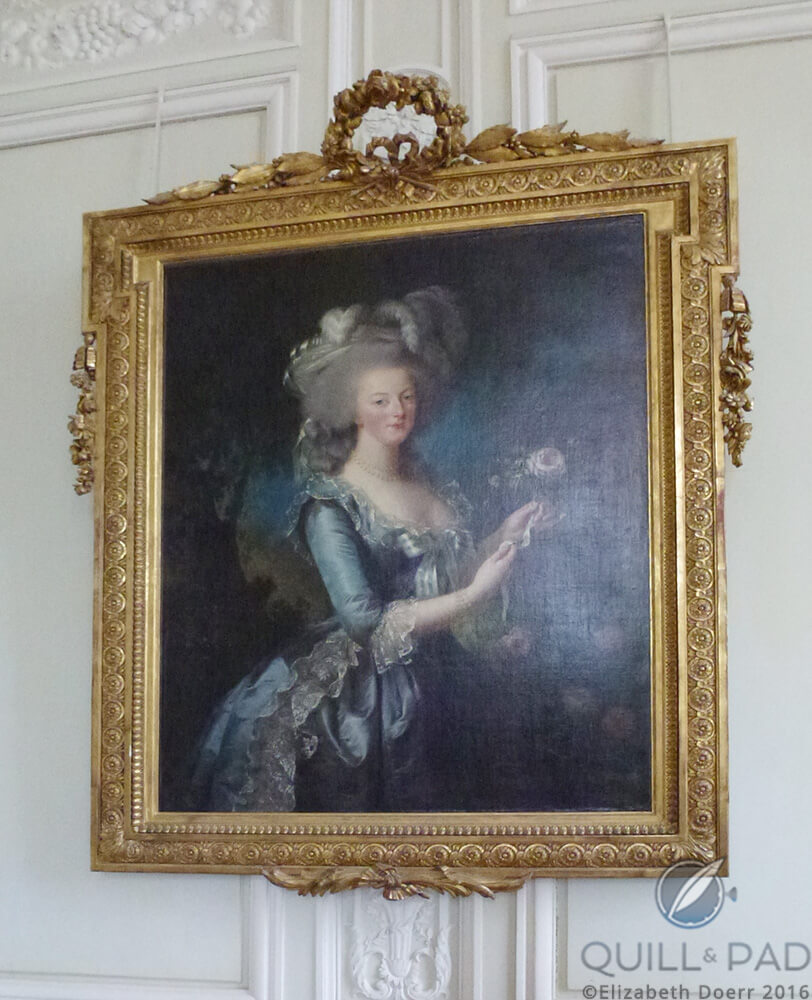
The most famous painting of Marie Antoinette by Louise Élisabeth Vigée Le Brun (1783) hangs at the Petit Trianon on the Versailles estate
Automatic pocket watch No. 160 was wound by a “perpetuelle” platinum oscillating weight. In addition, it was equipped with the following indications and functions: minute repeater; perpetual calendar displaying weekday, date, month, and leap-year cycle; equation of time; power reserve display; metal thermometer; independent central second hand (stopwatch function with no reset ability); and a small second hand.
In 2008, the Breguet brand, now under the umbrella of the Swatch Group, unveiled a replica of the pocket watch, which had been famously stolen from its resting place at the L.A. Mayer Museum for Islamic Art in Jerusalem. This unique timepiece dubbed Grande Complication No. 1160 needed eight years to come to fruition.
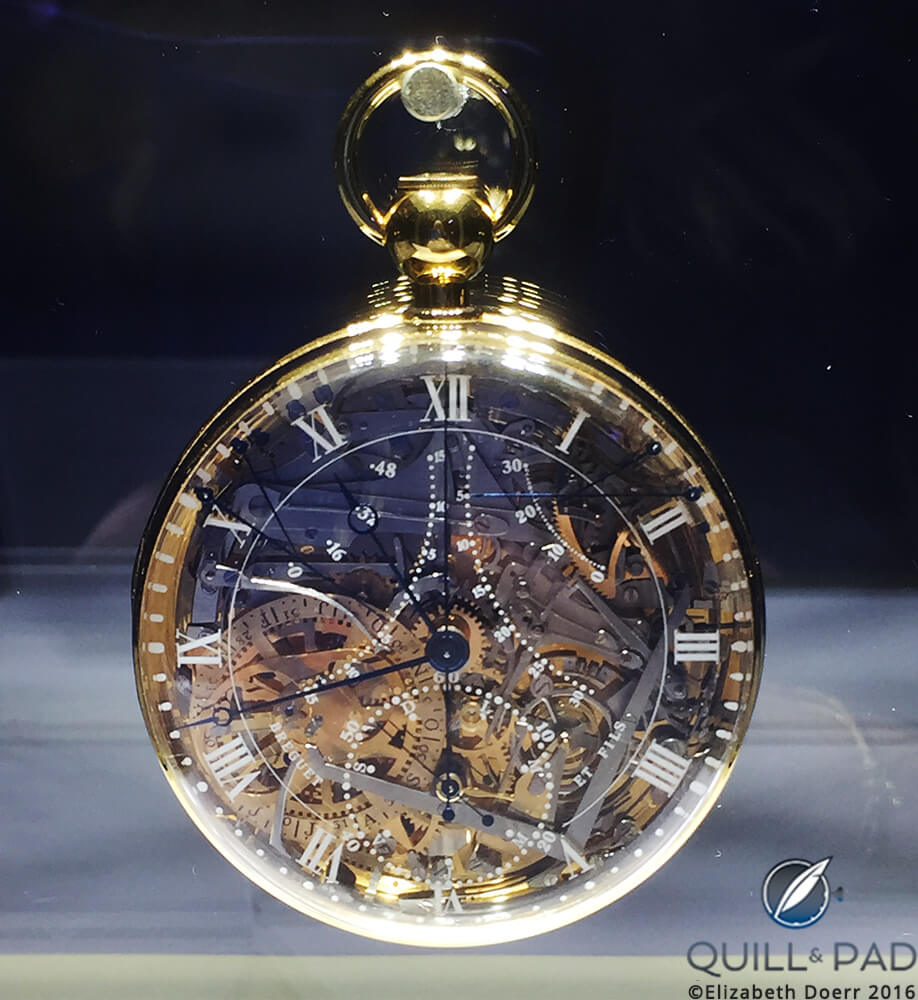
Breguet Grande Complication No. 1160, on rare display in Tokyo at the beginning of November 2016
The advent of the modern replica of the pocket watch generally called “the Marie Antoinette” had an interesting side effect: it led Montres Breguet to finance the lion’s share of the massive restoration of Versailles’ Petit Trianon, the palace on the Versailles grounds that the young queen called home in France. The Petit Trianon was originally completed in 1768.
You can read the entire history of Marie Antoinette and Breguet in Let Them Eat Cake: The Intriguing Story Of Marie Antoinette And Her Legendary Breguet Pocket Watch No. 160.
Back to Tokyo
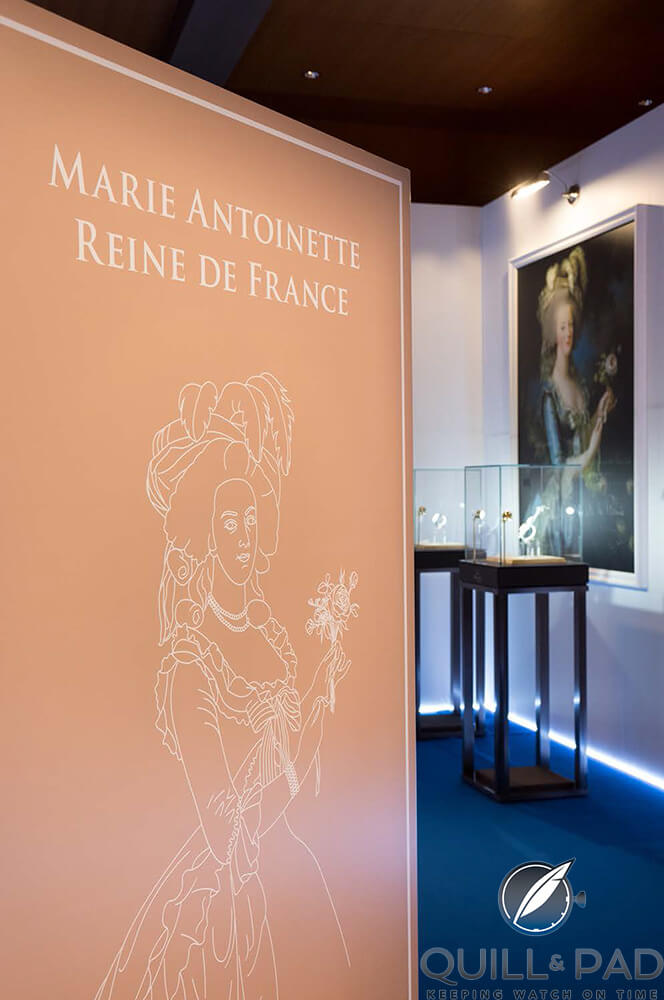
The “Marie-Antoinette, a Queen in Versailles” exhibition at Tokyo’s Mori Art Museum runs through February 26, 2017
The new exhibition at Tokyo’s Mori Art Museum, which opened on October 25, 2016, has garnered quite a bit of attention in the land of the rising sun, where visions of elegant eighteenth-century French porcelain, clothing, and even jewelry no longer need be left to the imagination: the exhibition contains about 150 priceless antiques belonging to the doomed queen, including portraits, furniture, decorative objects, porcelain, clothing, and jewelry.
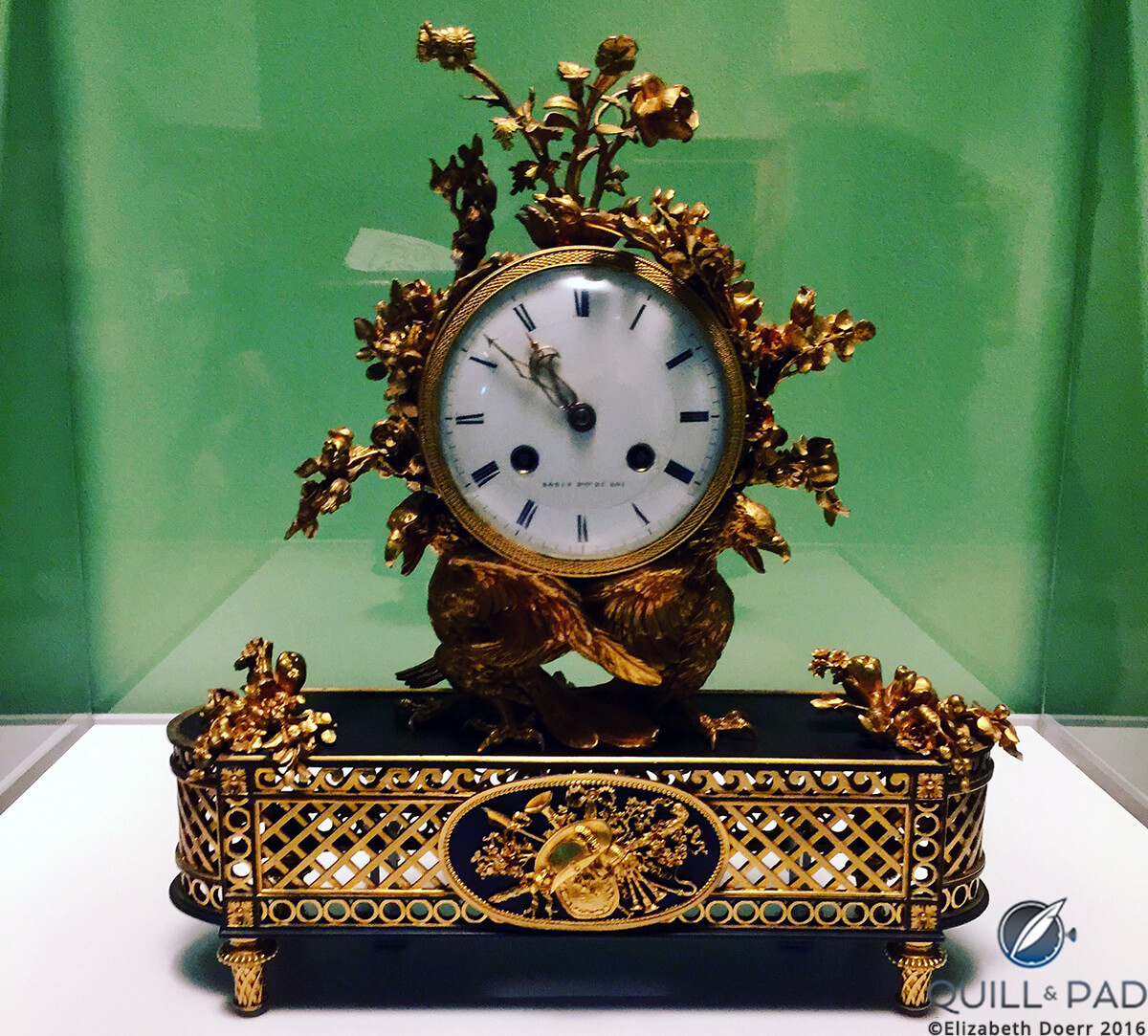
A clock from Versailles on display at the “Marie-Antoinette, a Queen in Versailles” exhibition at Tokyo’s Mori Art Museum, which runs through February 26, 2017
One room is actually even a faithful recreation of one of her own palace rooms.
The one thing not on permanent display at the Mori Art Center is Grande Complication No. 1160, which only made a brief appearance at the Roppongi Hills gallery at the beginning of November.
It also made an appearance at a special gala evening at the French embassy in honor of the exhibition that is supported by Breguet.
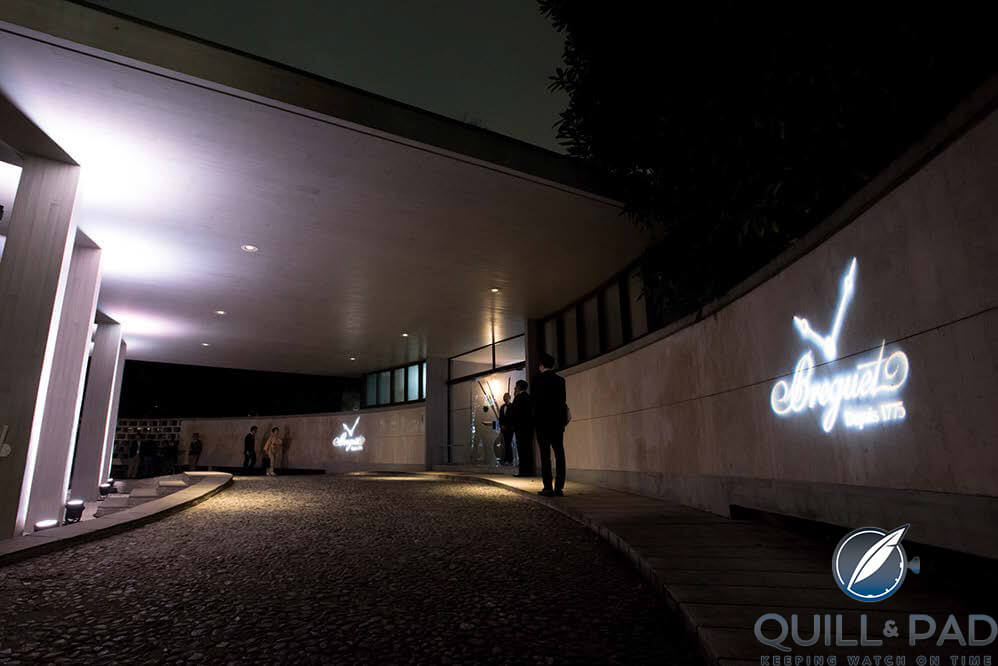
The ambassador’s Résidence de France in Tokyo, scene of an elegant gala thrown by Breguet in honor of “Marie-Antoinette, a Queen in Versailles”
Résidence de France in Tokyo
On October 29, 2016 the ambassador of France to Japan, Thierry Dana, and Marc A. Hayek, CEO of Breguet, invited 120 distinguished guests to an elegant gala featuring French cuisine and even a classic ballet interlude to mark the inauguration of the ‘s Mori Art Museum exhibition called “Marie Antoinette, a Queen in Versailles.”
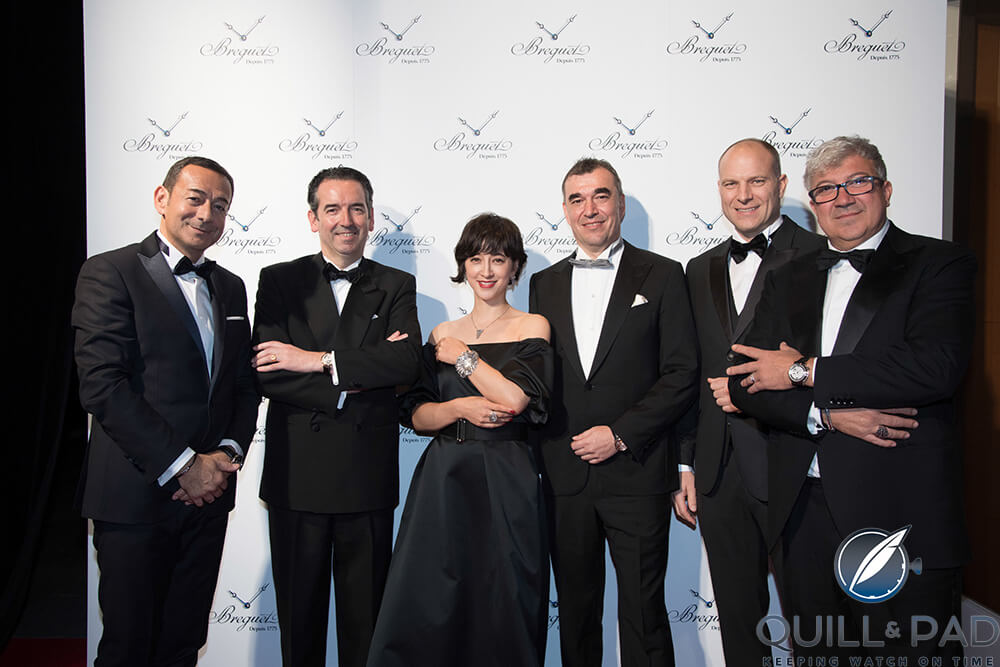
The elegant gala thrown by Breguet at the ambassador’s Résidence de France in Tokyo was attended by Jean-Charles Zufferey, vice-president of Breguet (far left), historian and descendant of the watchmaker Emmanuel Breguet (second from left), and Christel Takigawa (Japanese model and TV star), wearing Breguet’s B Crazy high jewelry watch, among other high-ranking Breguet employees
On the occasion of Grande Complication No. 1160’s short tour of Tokyo and the opening of the regal exhibition, Breguet also introduced two unique piece creations in honor of the memory of Marie Antoinette: Classique Rose de la Reine Reference 9075 and Désir de la Reine Haute Joaillerie.
“By supporting the exhibition ‘Marie-Antoinette, a Queen in Versailles,’ we pay tribute to a legendary personality whose artistic and aesthetic influence goes beyond generations and cultures. The popularity of Marie-Antoinette in Japan is a strong symbol of this aura,” said Breguet vice-president Jean-Charles Zufferey, who represented the brand along with historian Emmanuel Breguet at the events in Japan.
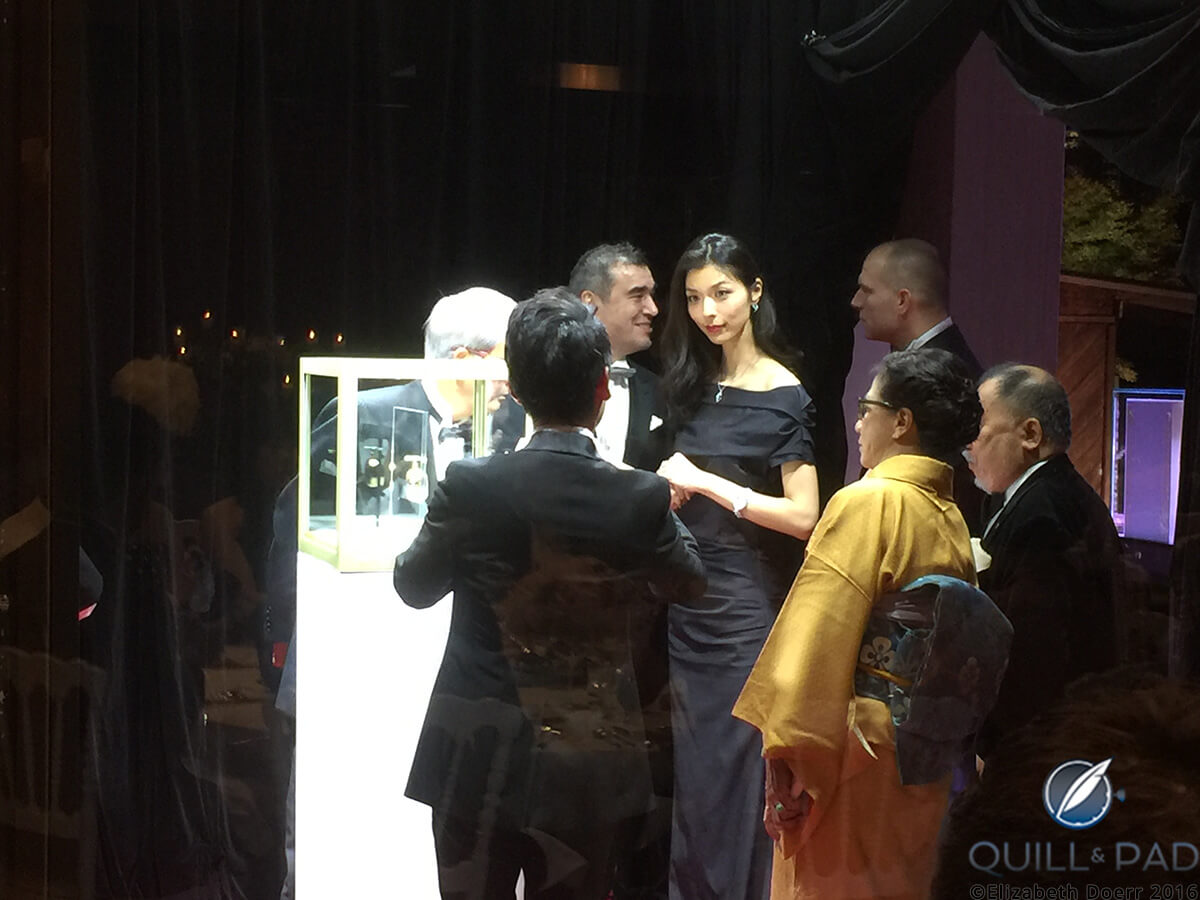
Guests at the French embassy in Tokyo admiring the rare view of Breguet’s Grande Complication No. 1160
“Marie Antoinette loved the arts and contributed to its evolution. She graced Versailles with her impeccable taste. Abraham-Louis Breguet loved watchmaking and revolutionized the field. His name is still associated today with the great brand names in watchmaking who use still use many of his inventions. The encounter of those two creative souls gave birth to a masterpiece, the ‘Marie Antoinette’ pocket watch.”
The exhibition taking place at the Mori Art Museum continues until February 26, 2017. Get tickets at www.roppongihills.com.e.nt.hp.transer.com/museum.
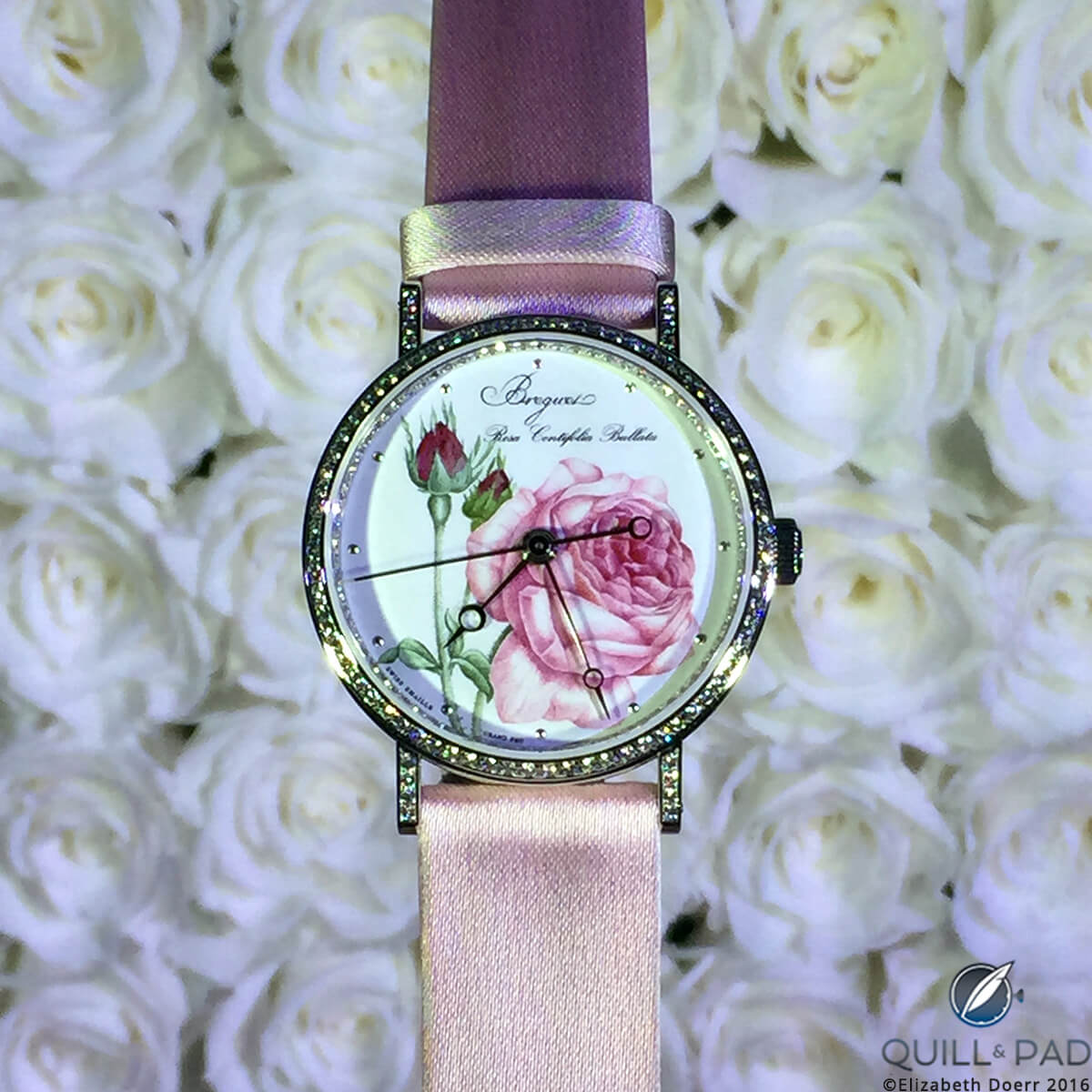
Breguet Classique Rose de la Reine Reference 9075, a unique piece in honor of the “Marie-Antoinette, a Queen in Versailles” exhibition at Tokyo’s Mori Art Museum
Quick Facts Classique Rose de la Reine Reference 9075
Case: 33.5 mm, white gold set with 167 brilliant-cut diamonds (approx. 0.915 ct)
Dial: high-fire enamel with Rosa Centifolia Bullata motif
Movement: automatic Caliber 591 C with silicon balance spring and escapement
Functions: hours, minutes, seconds
Limitation: one unique piece
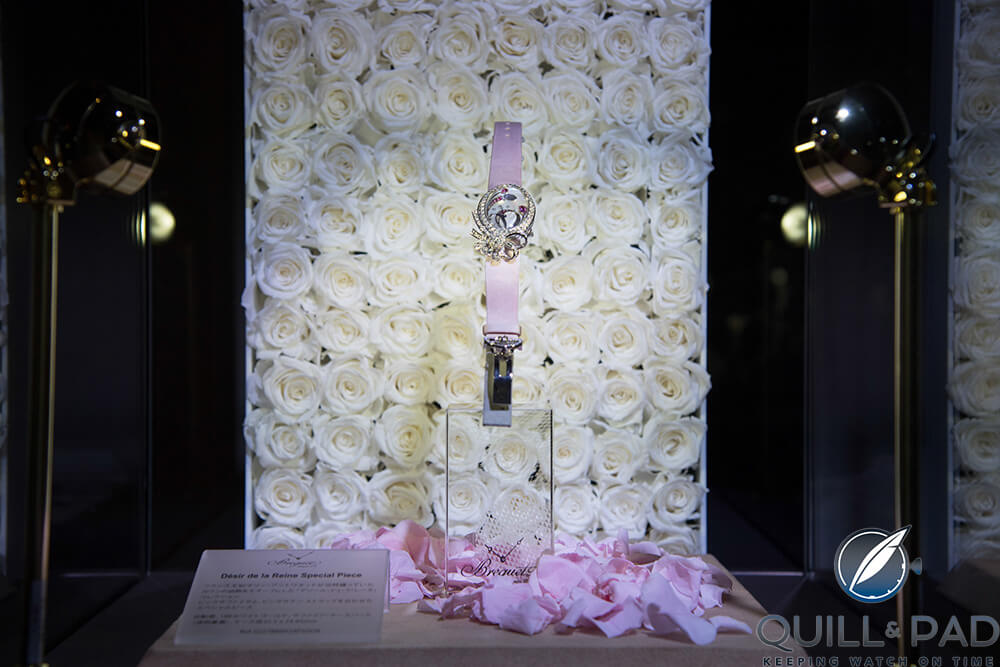
Breguet Désir de la Reine Haute Joaillerie, a unique piece in honor of the “Marie-Antoinette, a Queen in Versailles” exhibition at Tokyo’s Mori Art Museum
Quick Facts Désir de la Reine Haute Joaillerie
Case: 30.45 x 38.5 x 10.5 mm, white gold set with 146 brilliant-cut diamonds, bow motif set with 84 brilliant-cut diamonds and two pear-cut diamonds, crown set with briolette-cut diamond (total diamond carat weight approx. 5.2, total sapphire carat weight approx. 0.6)
Dial: silvered gold and natural mother-of-pearl set with two pear-cut pink sapphires, 10 brilliant-cut pink sapphires, and 8 brilliant-cut diamonds, dial flange set with 66 brilliant-cut diamonds
Movement: automatic Caliber 586 with silicon balance spring and pallet fork
Functions: hours, minutes, seconds
Limitation: one unique piece
Disclosure: Elizabeth Doerr’s travel to Tokyo was paid by Breguet.

Leave a Reply
Want to join the discussion?Feel free to contribute!